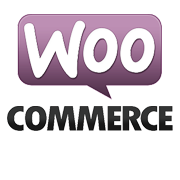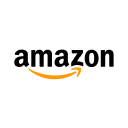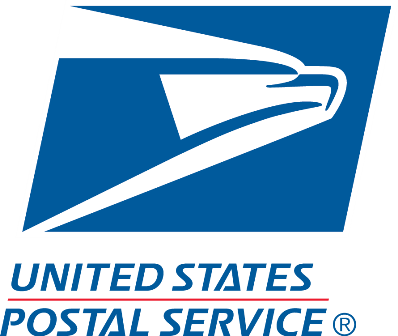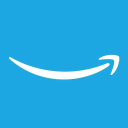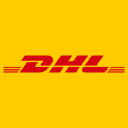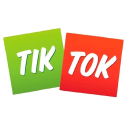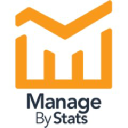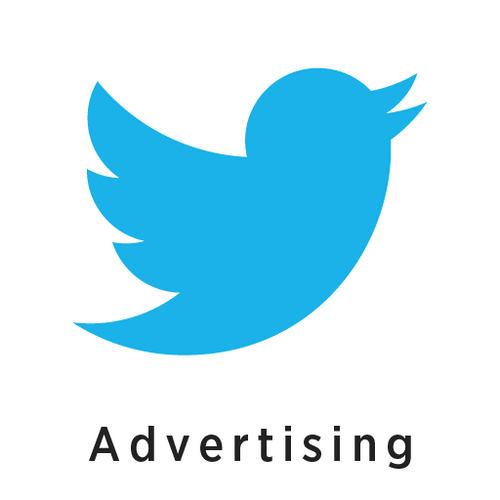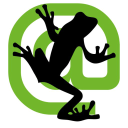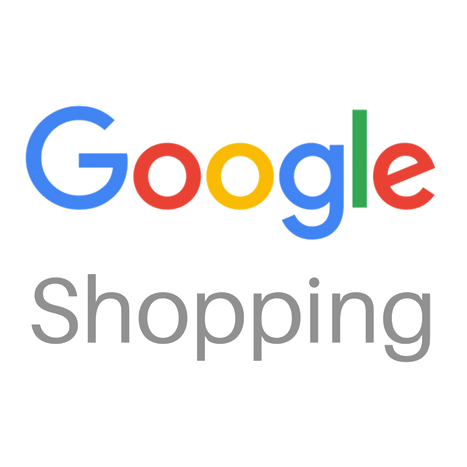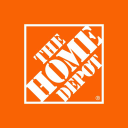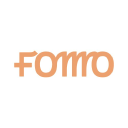How We Expanded Our Product Line To 30 Styles
This is a follow up story for Xero Shoes. If you're interested in reading how they got started, published over 7 years ago, check it out here.
Hello again! Remind us who you are and what business you started.
I’m Steven Sashen, co-founder and CEO of XeroShoes.
We make addictively comfortable shoes, sandals, and boots based on a simple idea: Letting your feet do what’s natural -- bend, flex, move and safely FEEL the world. We have a line of casual and performance products that people in 97 countries use for everything from a stroll on the beach to a powerlifting workout to running trail ultramarathons.
I like to ask people, “Do your feet feel better at the end of the day than they did at the beginning?” If the answer is No, then you’re not wearing Xero Shoes.
We launched in late 2009 for about $40. In 2019, we did over $12.1M in sales. We’ve been in the Inc. 5000 four consecutive years (it would have been 6 had I known how to apply) and were on Shark Tank, Season 4.

Download the report and join our email newsletter packed with business ideas and money-making opportunities, backed by real-life case studies.

Download the report and join our email newsletter packed with business ideas and money-making opportunities, backed by real-life case studies.

Download the report and join our email newsletter packed with business ideas and money-making opportunities, backed by real-life case studies.

Download the report and join our email newsletter packed with business ideas and money-making opportunities, backed by real-life case studies.

Download the report and join our email newsletter packed with business ideas and money-making opportunities, backed by real-life case studies.

Download the report and join our email newsletter packed with business ideas and money-making opportunities, backed by real-life case studies.

Download the report and join our email newsletter packed with business ideas and money-making opportunities, backed by real-life case studies.

Download the report and join our email newsletter packed with business ideas and money-making opportunities, backed by real-life case studies.

